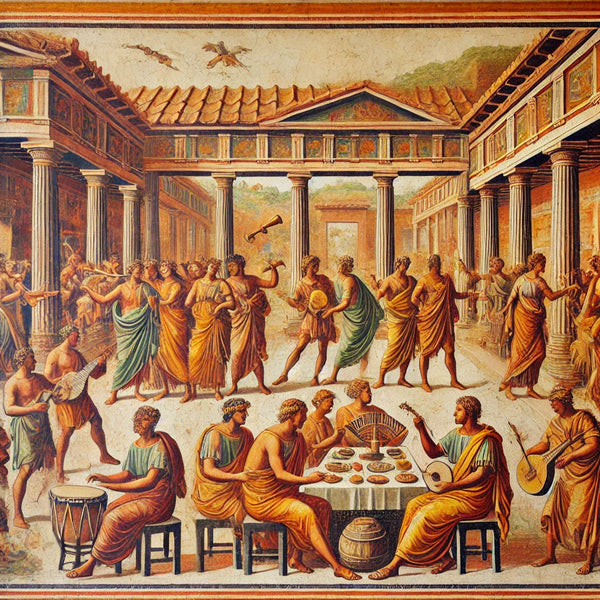
Favorite Paintings Series Ⅱ: What’s Your Favorite Ancient Greek and Roman Artwork?
Ancient Greek and Roman art has left a lasting impact on Western culture, with masterpieces in sculpture, architecture, and painting. While ancient paintings have not survived as well as sculptures, some remarkable artworks still give us a glimpse into the artistic achievements of the time.

One of the most fascinating sources of ancient Roman paintings is the frescoes of Pompeii and Herculaneum. These vibrant wall paintings, preserved by the eruption of Mount Vesuvius in 79 AD, depict mythology, landscapes, portraits, and daily life. The "Villa of the Mysteries" frescoes, for example, are among the most famous, showcasing a mysterious initiation ritual with lifelike figures and striking red backgrounds.
Another intriguing example is the Fayum mummy portraits from Roman Egypt. These encaustic paintings on wooden panels, dating from the 1st to 3rd centuries AD, offer hauntingly realistic depictions of individuals, blending Greek, Roman, and Egyptian artistic influences. Their expressive eyes and detailed features make them some of the most captivating portraits from antiquity.
Greek painting is harder to trace, as most works have been lost over time. However, ancient Greek vase paintings provide valuable insights into their artistic traditions. The red-figure and black-figure pottery techniques allowed artists to depict mythological scenes, gods, and heroes in exquisite detail. The "Dionysus in a Ship" kylix by Exekias is a famous example, showing the god of wine sailing with dolphins surrounding his boat.
Do you have a favorite ancient Greek or Roman painting? Whether it's a Pompeii fresco, a Fayum portrait, or a vase painting, these artworks continue to inspire and connect us with the past.

